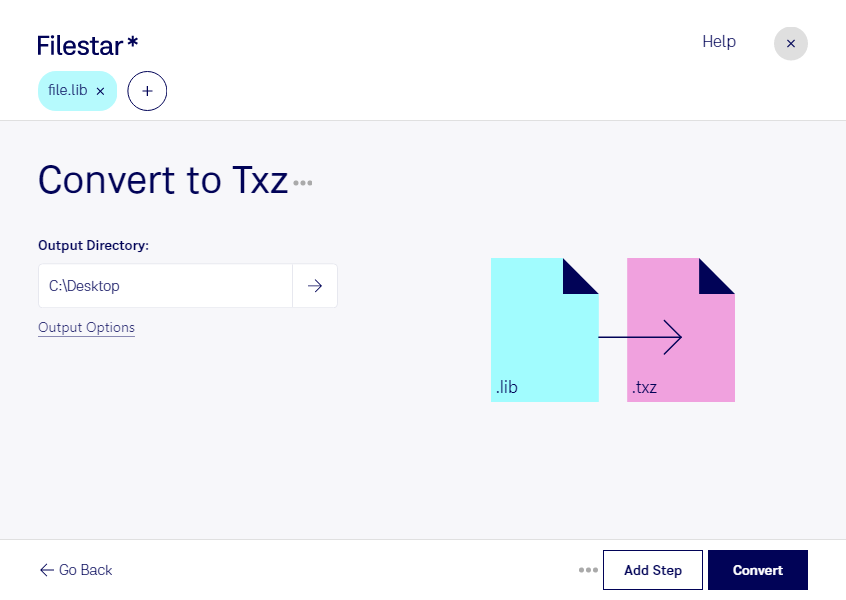What is the difference between .lib and .txz?
- Extension
- .lib
- .txz
- Format
- Binary
- Binary
- Category
- Developer
- Compressed
- Developer
- GNU
- Tukaani
- Description
- A file with the .lib extension primarily represents a Generic Data Library, commonly used in various software development environments. The .lib file typically contains a collection of object code modules, symbols, and metadata that programs or compilers can reference or link to during the compilation or linking phase of software development. These libraries serve as repositories of reusable code, allowing developers to include standard functions, classes, or routines in their programs without having to rewrite common or complex functionalities from scratch.
- The TXZ file format is a combination of TAR archiving and XZ compression. It is used to pack multiple files into a single archive (TAR) and then compress it using XZ compression to reduce the file size. The TAR aspect allows for the collection of various files and directories into a single file, preserving their structure and attributes. The XZ compression, known for its high compression ratio, further compresses this archive, making the resulting TXZ file more efficient for storage or transmission.
- MIME Type
- application/x-sharedlib
- application/x-xz-compressed-tar
- Wikipedia
- .lib on Wikipedia
- .txz on Wikipedia
